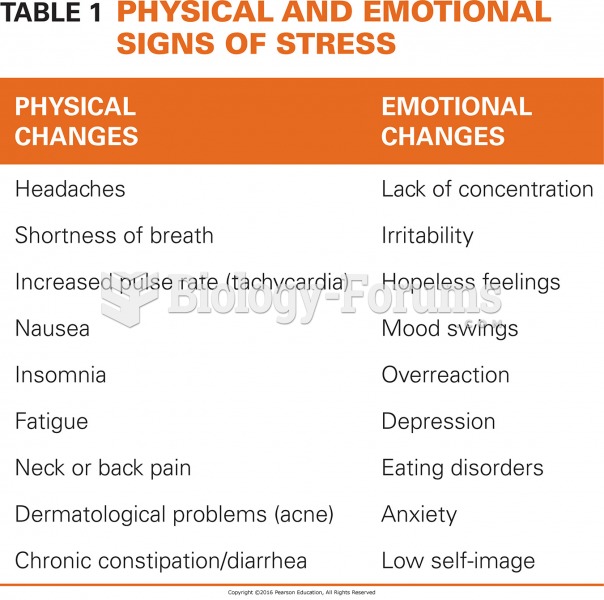Answer to Question 1
D
Answer to Question 2
There are five major advantages of digital/interactive media:
Target market selectivity allows marketers to find and communicate with very precisely defined markets like never before. By connecting with search engine results or posting ads on sites, they can specifically draw the attention of people with certain demographics, psychographics, lifestyles, interests, hobbies, or even specific personal beliefs or social involvements. The Internet also allows them to target based on geographic region, time of day, computer platform, or browser. GPS devices allow them to pinpoint individuals as they approach shopping or entertainment areas.
Tracking allows advertisers to see how users interact with their product, and to better understand users' interests in the brand. Display/banner ads and home pages allow them to measure hits, something that cannot be done in traditional media.
Deliverability, flexibility, and reach speak to the very nature of digital/interactive media. Online ads, mobile messages, and website content are delivered 24-hours a day, 7 days a week, with no need for breaks or interruptions. Their format is so flexible that content can be updated or replaced almost instantly, a dramatic difference from the abilities of traditional media with their scheduling and production restrictions. And, other than through television and radio, the reach and accessibility of the Internet cannot be matched, and mobile devices are only expanding that coverage.
Interactivity is one of those lofty goals of advertisers that could never have been truly accomplished with traditional media, but is sometimes achieved through digital/interactive media. Ads in traditional media may have allowed consumers to clip coupons, enter contests, or write testimonial letters. But the new media are designed for all forms of interactivitychats, blogs, comments, forums, activities, games, etc. A click-through allows the user to click on an ad and get a virtual tour, visit a home page, read product specifications, enter a discussion about a brandor, most importantly, purchase the product right now, right here, online.
Integration refers to the ability of advertisers to include their home page URLas well as the online address of special promotions, contests, or related siteson virtually all of their other forms of advertising and promotion. This allows them many avenues by which they can direct consumers to their online marketing efforts and brand promotions.







